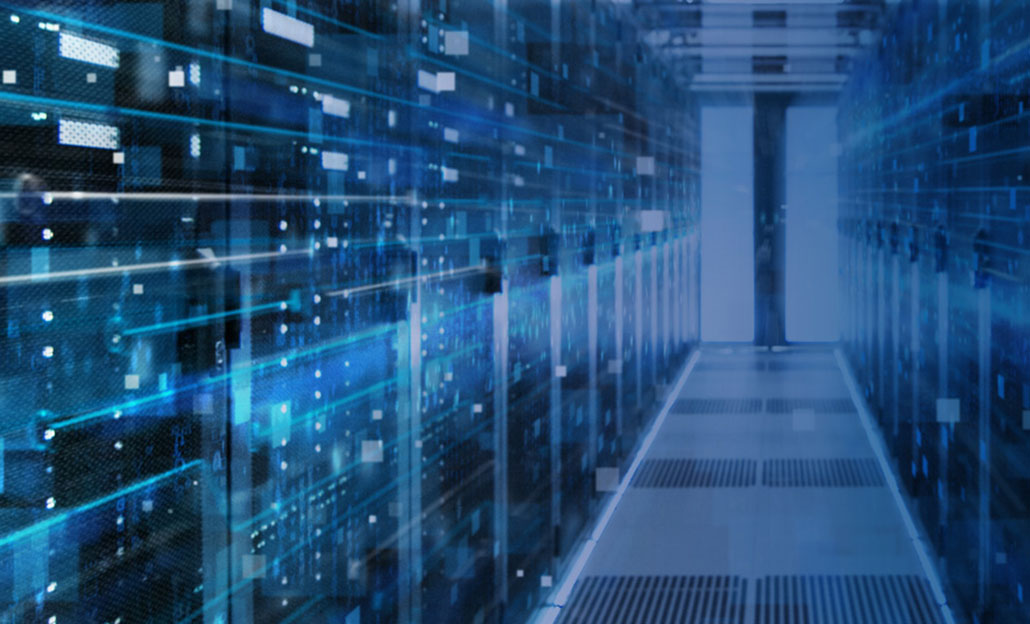Blog / News
- HOME
- About
- Blog / News

by Kelly McClure, Vice President of Global Marketing
The events of 2020 produced the top 7 tech trends for 2021. Companies that had barely given a nod to digital transformation in the years prior were suddenly consumed by it. Lockdowns, work from home, offsite access to onsite processes, digitalizing everything from equipment to loan applications resulted in a mad scramble for business continuity. Most of these digital initiatives brought much-needed relief, but there’s still work to be done. The return to normal is slow and not even assured.
To thrive as the aftermath of 2020 plays out in 2021, your best bet is to embrace the 7 tech trends. However, you also need to take stock of your on-premises and legacy situations. They will have difficulty bearing the load needed to support the trends. That’s where modernization of your IT on a cloud infrastructure comes in. Our series of articles shows you how modernization is the bedrock of each trend. We have already tackled customer experience (CX), data integration, digital culture, digital innovation, and the composable enterprise. This article looks at the sixth topic, automation.
Total automation in perpetual motion
Technology has always had its roots in automation. Telephones, cars, personal computers, barcodes, and digital photography are all examples of how machines have removed manual processes to make our lives easier. So have programs, software, and applications for business process modeling, workflow, case management, and productivity.
And now, the cloud is opening a brave new automation frontier. Think Zoom, digital twinning, virtual healthcare, and no-code and low-code platforms that automate software development. It is also revolutionizing robotic process automation by transforming it into self-service technology accessed via a web-based graphical interface from anywhere. With a single click or drag-and-drop motion, the mindless tasks of a job are automated.
In addition, Gartner predicts that we will see a dramatic increase in the use of emerging automation technology, such as.
- IoB (Internet of Behavior): Using sensors to track behavior, such as an auto insurance company determining rates according to how a customer drives
- Paid virtual experiences: Replacing physical visits to amusement parks, sports venues, and museums
- Automatic remediation: Focusing operations more on continuous engineering and less on support
- AIOps: Reducing unplanned downtime with automated change risk analysis in DevOps pipelines
- Devised artificial intelligence (AI) orchestration platforms: Operationalizing AI and deploying it similarly to container orchestration
- Hyperautomation: Extending legacy business process automation beyond individual processes by marrying AI tools with RPA to deliver automation for virtually any repetitive task executed by business users
In short, automation is coming into its own, and 2021 is its time. This is the year that it will be indispensable, and, therefore, you need to be sure you can adopt it wherever it makes sense in your organization.
Modernization: How you get the maximum use from automation
The promise of automation cannot be realized in an on-premises data center that is housing an aging mainframe, legacy applications, and a rigid database with high licensing costs. In Gartner’s predictions about automation, the cloud is ever present. The fastest and most effective automation technology is deployed in the cloud. The reason why is a no-brainer. Automation calls for a flexible, scalable, and high-performing cloud infrastructure—and modern, more agile applications and database management.
If you’re now worrying about having to rewrite your legacy applications to enable automation, you can stop. You can get them into the cloud and benefit from automation without rewriting. And, no, you will not be developing APIs that connect to them from the cloud, either. Instead, you move your applications to a cloud-based environment with no reformatting, code changes or user impact. Once in this environment, they run as-is, but you also have the option of rearchitecting them to fit your automation plans.
As part of that migration or even after it is complete, you can also move mainframe data to the cloud and implement an RDBMS with the architecture for a reliable, high-performance database. In this scenario, after it is migrated, your data is stored in an isolated database tier that supports industry-standard SQL databases. A modern database management system then delivers the data you need for your automation initiatives while enabling agility, flexibility, and availability. APIs available from different sources inside or outside IT can easily access that data and connect it to new automation applications.
Are you ready for maximum automation?
Two TmaxSoft products, OpenFrame and Tibero, can provide the legacy modernization platform and RDBMS that enable you take advantage of the efficiency, innovation, and speed of automation. Learn how to become the agile, flexible, and automated enterprise needed to thrive in a brave new technology world. Learn more about how you can be much cooler online by reading our eBook on proven modernization strategies.
About Kelly McClure
Kelly McClure is the Vice President of Global Marketing for TmaxSoft. Her 20-year marketing career spans both Fortune 1000 companies and fast growth technology startups. Kelly is responsible for leading TmaxSoft’s marketing strategy. She is experienced in aligning marketing and sales, building relevant content and messaging and developing integrated lead generation campaigns. Before joining TmaxSoft, Kelly served as the Vice President of Marketing for 10th Magnitude and held senior marketing roles with DataStax, BMC Software and Micro Focus. Kelly has a bachelor’s degree from Purdue University and an MBA from Loyola University Chicago.